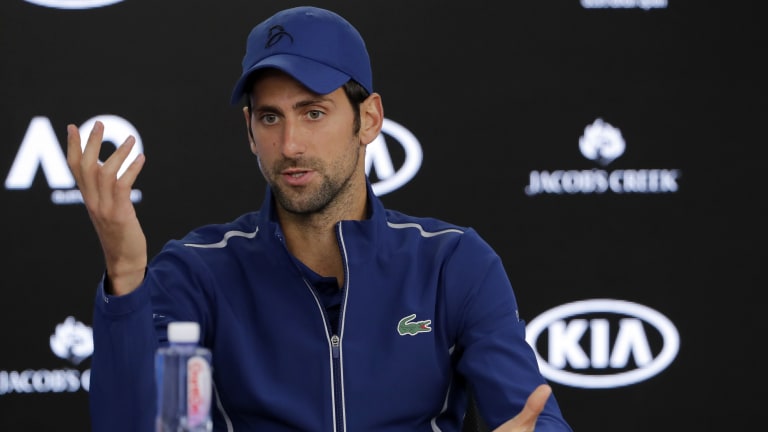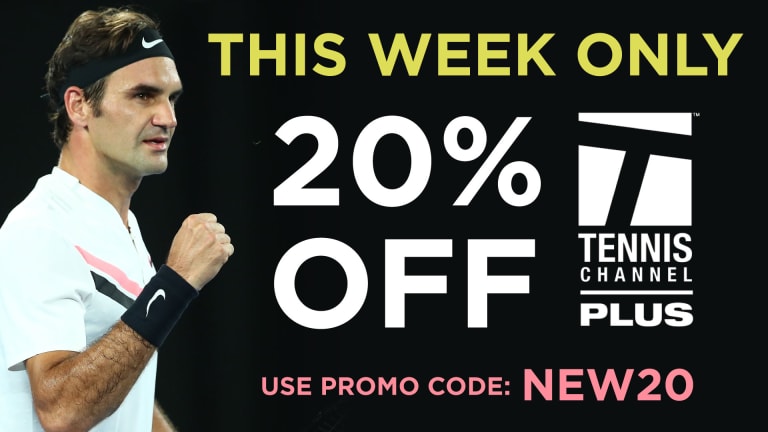If Rafael Nadal and Novak Djokovic were as good at baseball, basketball or just about any type of ‘football’ you care to choose, the fact that both left the Australian Open before the semifinal stage with infirm bodies would have had very little effect on their bank accounts. Contracts would have made it virtually immaterial. But they play tennis, and that makes their pay structure completely different.
When Alexis Sanchez recently signed with Manchester United, his contract guaranteed him 350,000 pounds ($493,000) a week for four years. He will receive that whether his team wins or loses, whether he gets injured after his first game or displeases the manager so much that he gets dropped. Every week of the year he will become almost half a million dollars richer.
Federer and Nadal can make that kind of money, but only when they play. The difference is huge and it needs to be taken into account when tennis players ask for more money. If any player, at any level, gets injured and cannot play, he gets nothing. $0.00. Of course, superstars have big endorsement contracts so they never starve. But not so much the further you go down the rankings. For players ranked below No. 150 in the world, a first-round loss means that you are struggling to pay your hotel bill.
And not just your hotel bill. Chances are you will have gone through the hassle of personally mapping out a schedule for the year, of booking your tickets as well as paying for them and, of course, paying for the traveling coach that is almost mandatory for any player trying to fight their way up the ranking list. You will have entered a rather scary, lonely world far removed from the cozy, closeted atmosphere of a basketball or soccer team where you are immediately enveloped by a staff of managers, coaches, advisers and physios who look after your every want. Need to get to Sydney, Cincinnati or Stockholm? You don’t even have to know where they are. The travel guy will take care of that. Just show up for the bus.
So tennis players need to be individuals capable of doing many things for themselves. Only when they start winning a lot of matches will they earn enough to hire people to help them. And entry path is not easy. Any parent will tell you how heavy the demands can be on a family when the player is still a young teenager needing to be driven to tournaments to try to get a footing on the ladder that leads to stardom.

